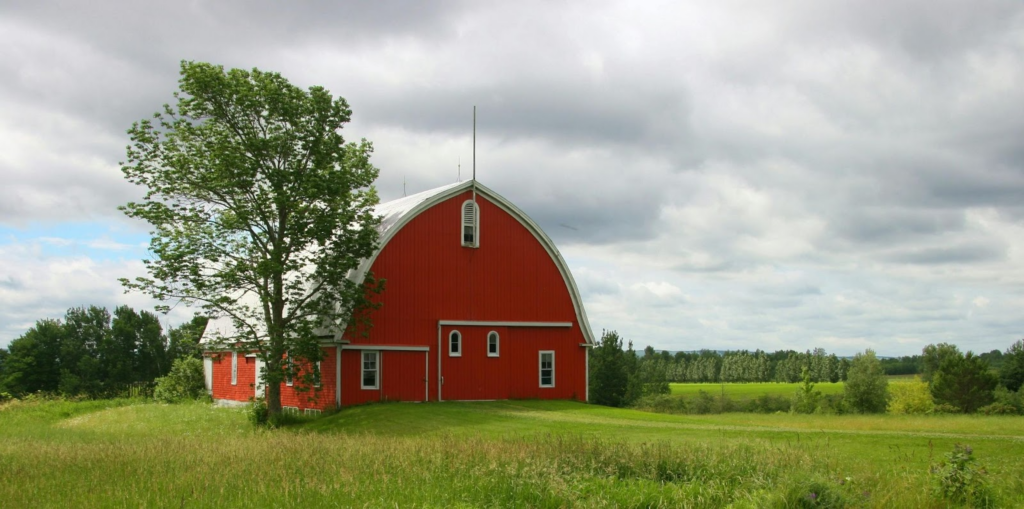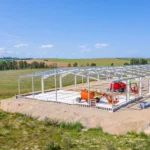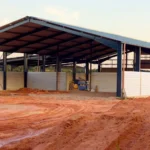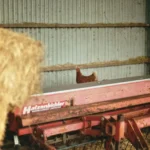When planning for a metal barn, it’s crucial to consider the initial costs. These costs primarily include material, labor, and equipment expenses.
Before embarking on the construction of a metal barn, it’s important to delve deeper into the various cost components involved to ensure a well-informed budgeting process.
Material Costs
The material costs will depend on the size of the barn, the chosen type of metal, and any specific customization options.
A rough estimate of materials for a metal barn typically ranges from $17 to $20 per square foot. This price can increase when including the installation
While steel is a popular choice due to its durability and affordability, other metal alloys may be used for specific purposes. It’s advisable to obtain quotes from multiple suppliers to ensure competitive pricing.
Additionally, the quality and thickness of the metal sheets can impact the overall cost. Opting for higher-grade materials may increase the initial investment but can result in a more robust and long-lasting structure, potentially reducing maintenance expenses in the long run.
Labor Costs
Another significant component of the initial costs is labor. The complexity of the metal barn design, its size, and its location can all impact labor expenses.
Hiring experienced professionals is essential for the successful construction of your metal barn, ensuring structural integrity and compliance with local building codes.
Skilled labor is crucial not only for assembling the metal structure but also for tasks such as welding, insulation installation, and ensuring proper ventilation.
Investing in a proficient workforce can contribute to a smoother construction process and a high-quality result.
Pro tip:
On average, labor costs range from $5 to $10 per square foot depending on complexity. This includes tasks such as site leveling, construction, and basic installations. However, if you hire professionals on an hourly basis, general contractors may charge between $50 to $150 per hour.
Depending on the complexity of the project, you may need to invest in specific equipment and tools. These costs can include items such as cranes, scaffolding, and power tools.
Alternatively, you can consider renting or leasing the necessary equipment to reduce upfront expenses.
Moreover, safety equipment such as harnesses, helmets, and gloves should not be overlooked.
Prioritizing the well-being of the construction crew by providing adequate safety gear can prevent accidents and delays, ultimately impacting the overall project costs.










